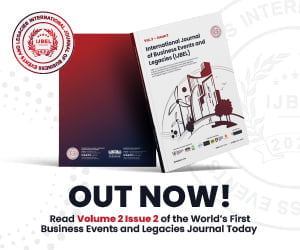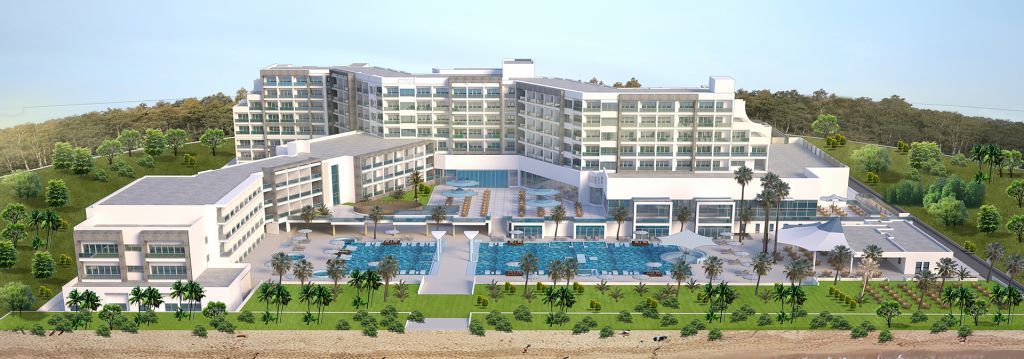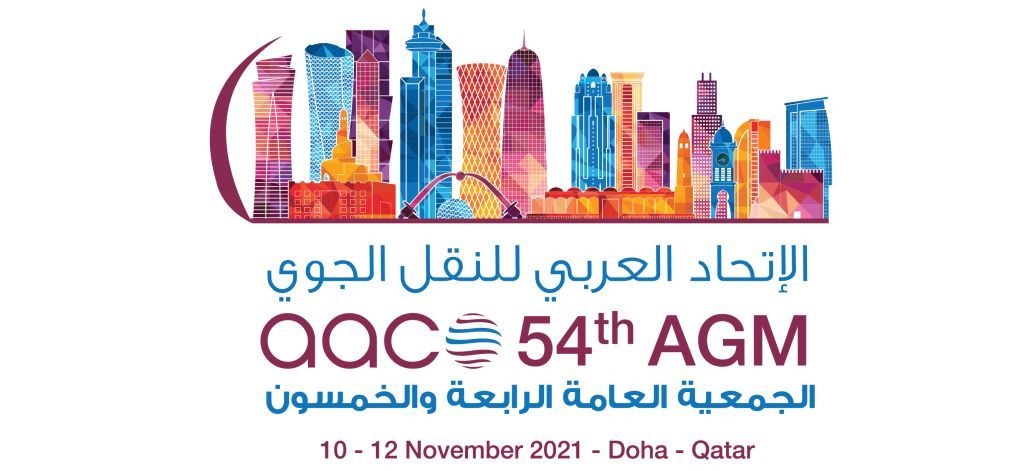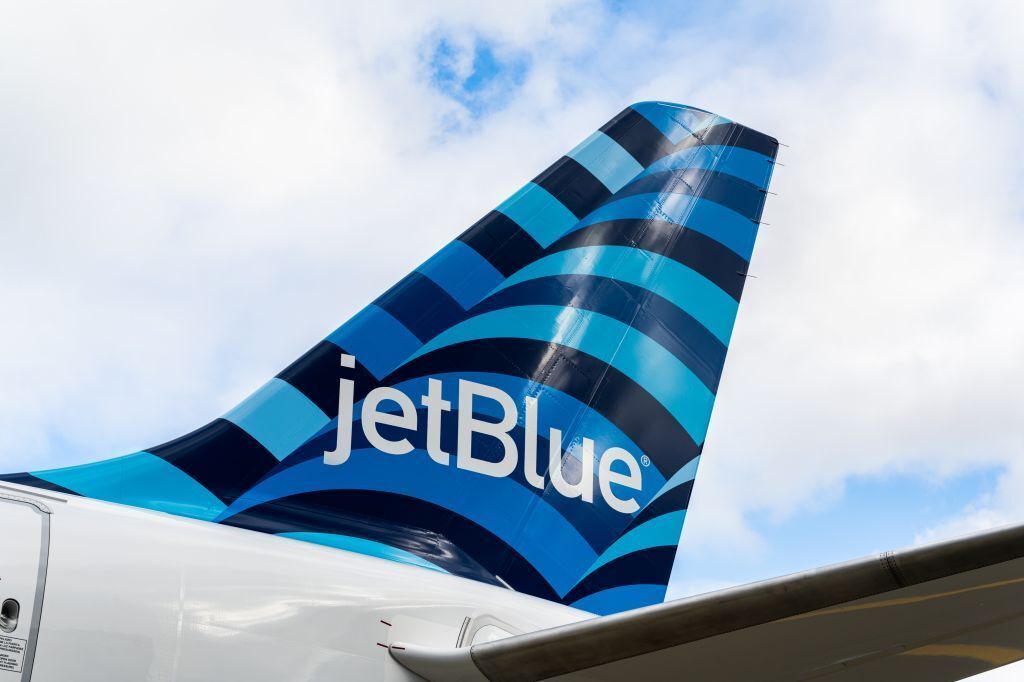In the eyes of the world, China is often associated with bustling cities, modern infrastructure, and the booming luxury consumer market. However, recent data cited in the latest issue of the COTMI China Outbound Tourism Market Intelligence periodical paints a different picture, exposing the hidden reality of China’s wealth disparity.
The report reveals that a staggering 4.6 million Chinese individuals can be classified as ultra-rich or “High Net Worth Individuals” (HNWIs), boasting an average wealth of €8 million or $8.7 million USD. Surprisingly, these HNWIs account for two-thirds (67%) of the nation’s total wealth. Another noteworthy statistic is that 99 million mainland Chinese citizens possess 26% of the nation’s wealth, with an average net worth of €150,000 or $165,000 USD. Amidst these figures, the remaining 1.3 billion Chinese citizens valiantly share a mere 7% of the country’s overall wealth, with an average of €3,000 or $3,300 USD each.
The data was unveiled during a speech delivered by renowned economist Prof. Di Dongsheng at the School of International Studies, Renmin University of China. Prof. Di’s outspokenness led to the widespread distribution of his findings beyond academic circles, gaining significant traction on Chinese social media platforms. One striking observation from Prof. Di is that China’s healthcare, pensions, childcare, and other social welfare spending accounts for just 6.5% of the nation’s GDP, which pales in comparison to the OECD average of 21.6%.
For those involved in the tourism and luxury brand sectors, these new revelations confirm that only a mere 7% of the Chinese population possesses the purchasing power to become potential customers. Although this percentage corresponds to an enormous group in absolute numbers, it is anticipated that the growth rate of this affluent population will slow down due to the decelerating Chinese economy, especially in the aftermath of the COVID-19 pandemic. Prof. Dr. Arlt, Editor in Chief of COTMI, expressed his thoughts on these findings, stating,
“The figures underscore that the potential customer base for tourism service providers and luxury brands in China remains limited. Despite its scale, expansion may not be as rapid as pre-pandemic times due to the current economic slowdown.”
Despite the Chinese government’s commitment to achieving “common prosperity,” as frequently reiterated by the country’s leaders in various speeches, China is still distant from realizing this vision, according to Prof. Di. Remarkably, China finds itself among the ranks of Brazil and South Africa, the only larger nations globally with a more unequal distribution of wealth.
The revelation of such disparities raises important questions about China’s economic and social structures. It highlights the need for the Chinese government to address income inequality and allocate more resources towards social welfare programs. A more balanced distribution of wealth and broader access to social services would not only contribute to sustainable development but also enhance domestic consumption and economic stability.
As China continues to solidify its position as a global economic powerhouse, it must confront the underlying challenges of wealth inequality. By striving to create a more equitable society, China can bridge the gap between its image as a wealthy nation and the lived realities of its vast population, while simultaneously ensuring sustainable economic growth for the future.















